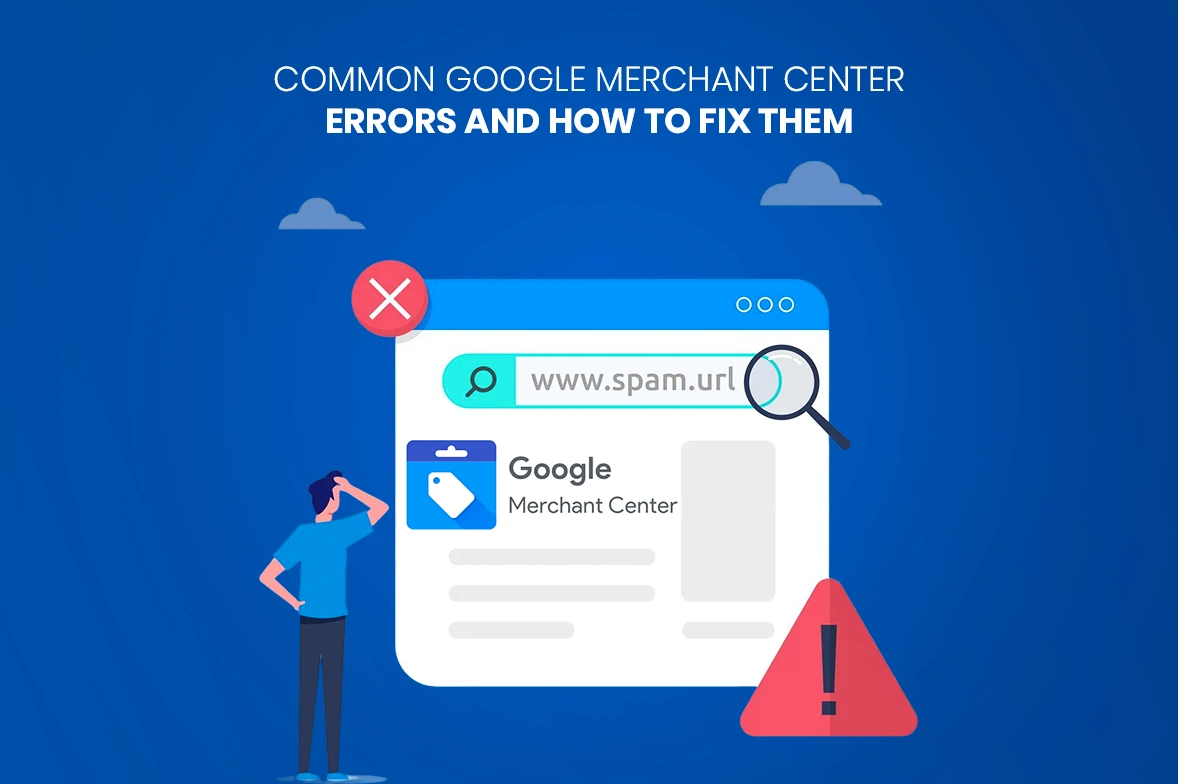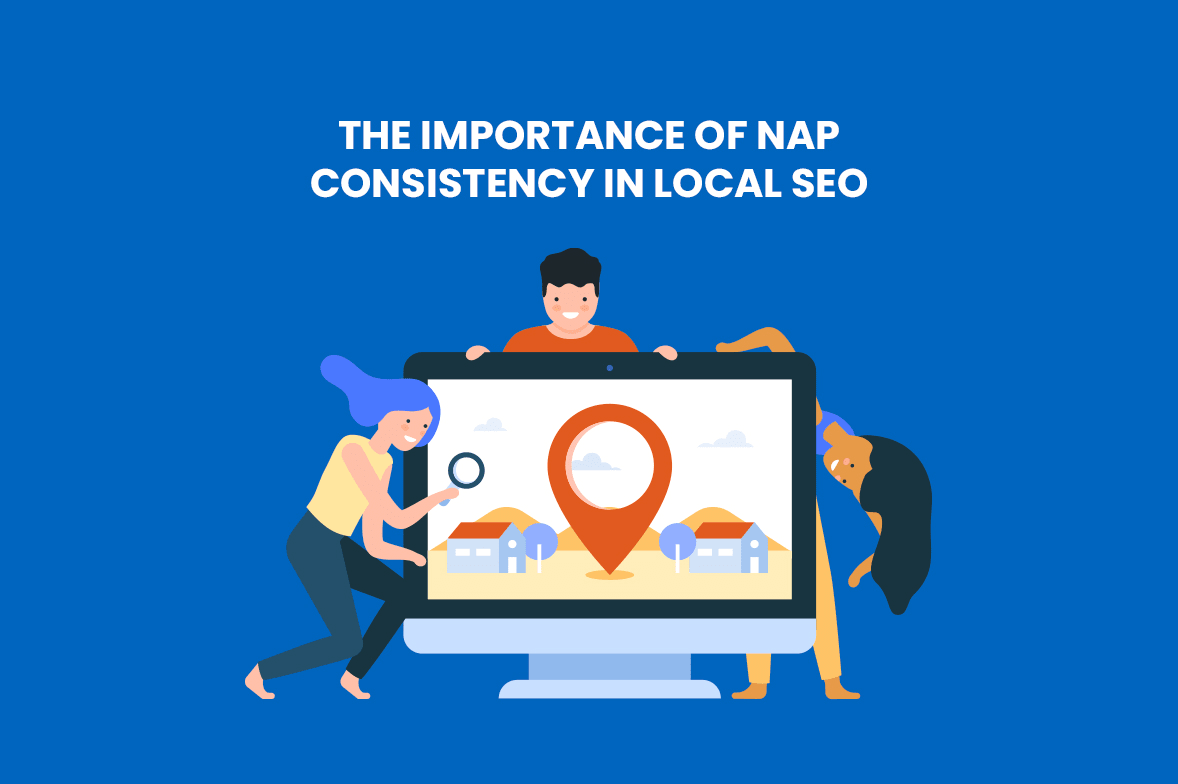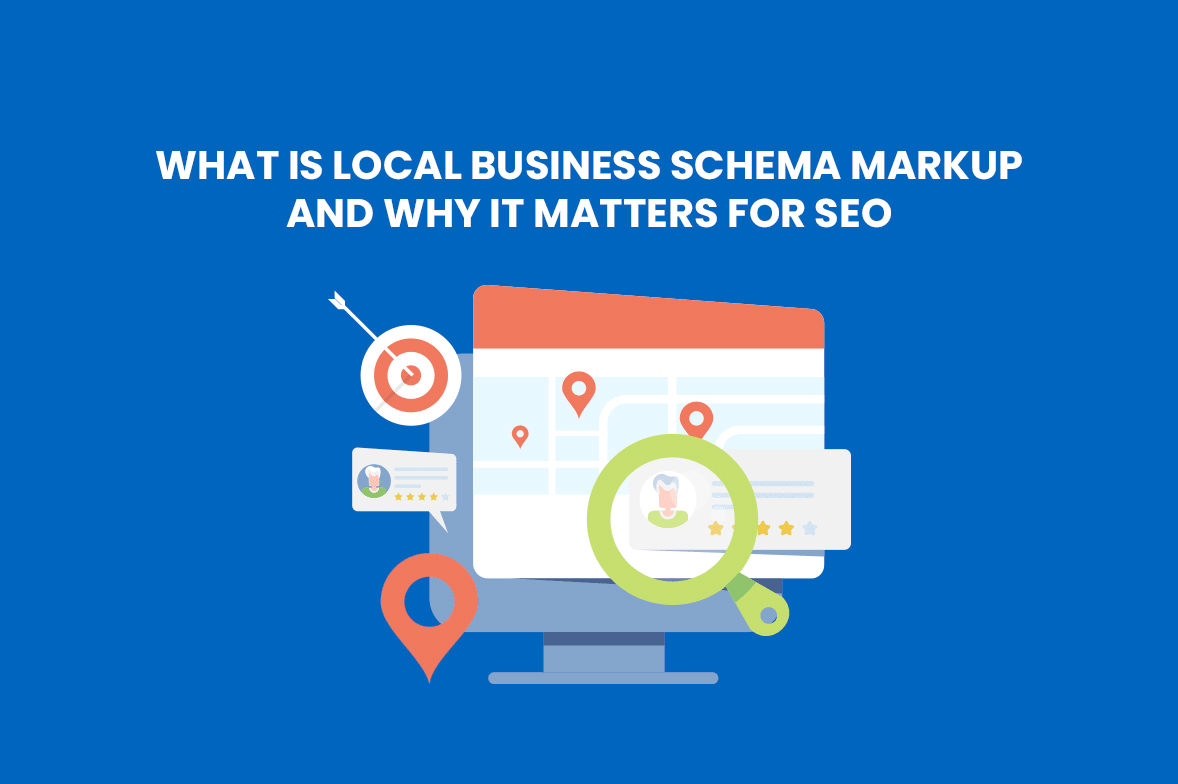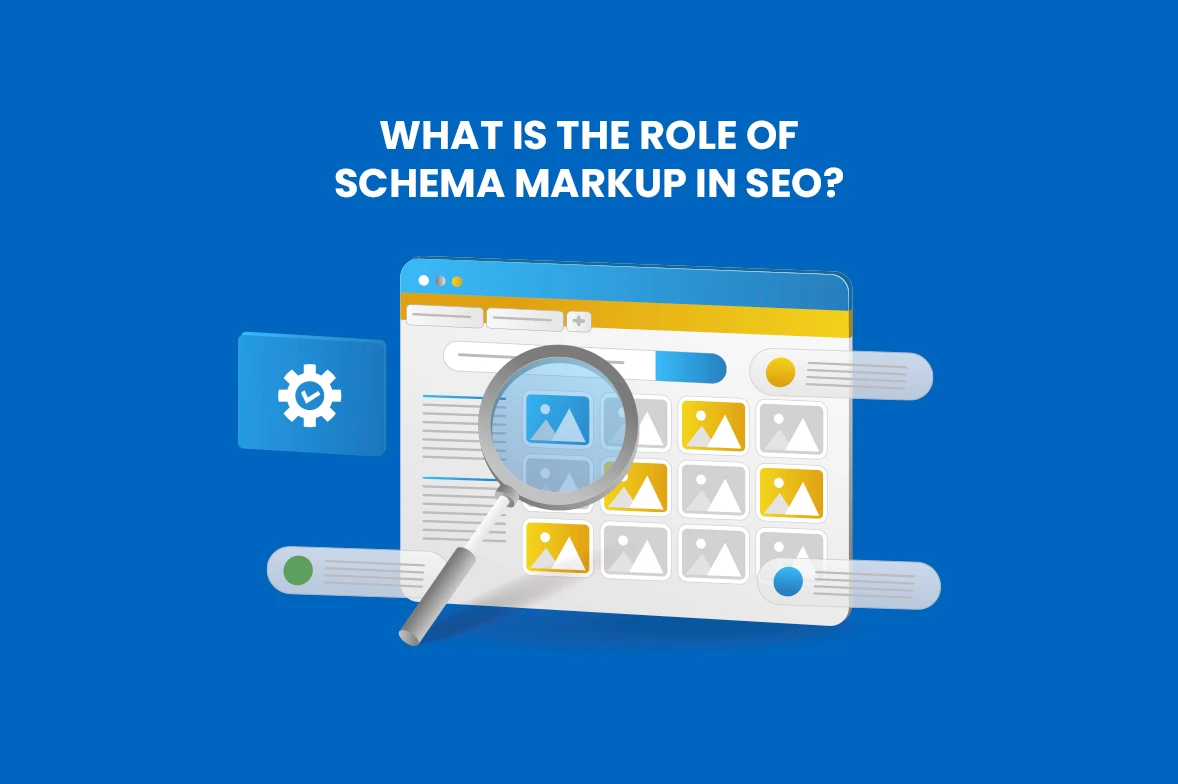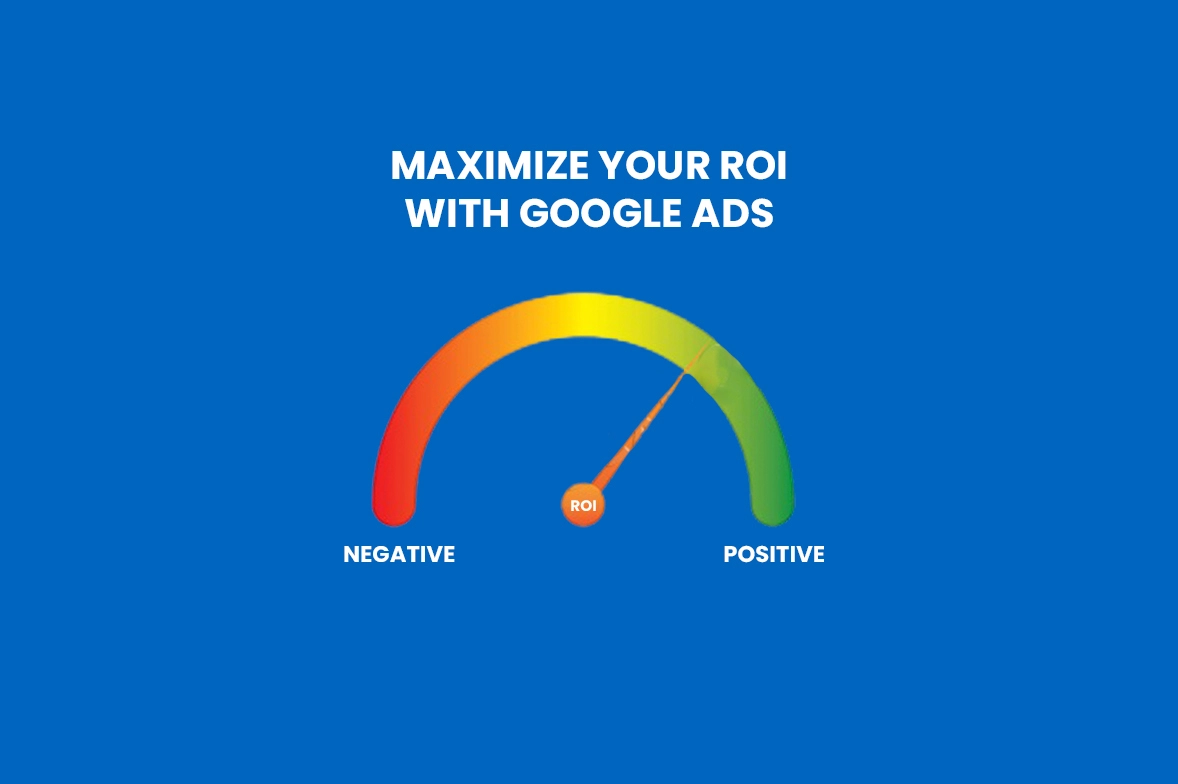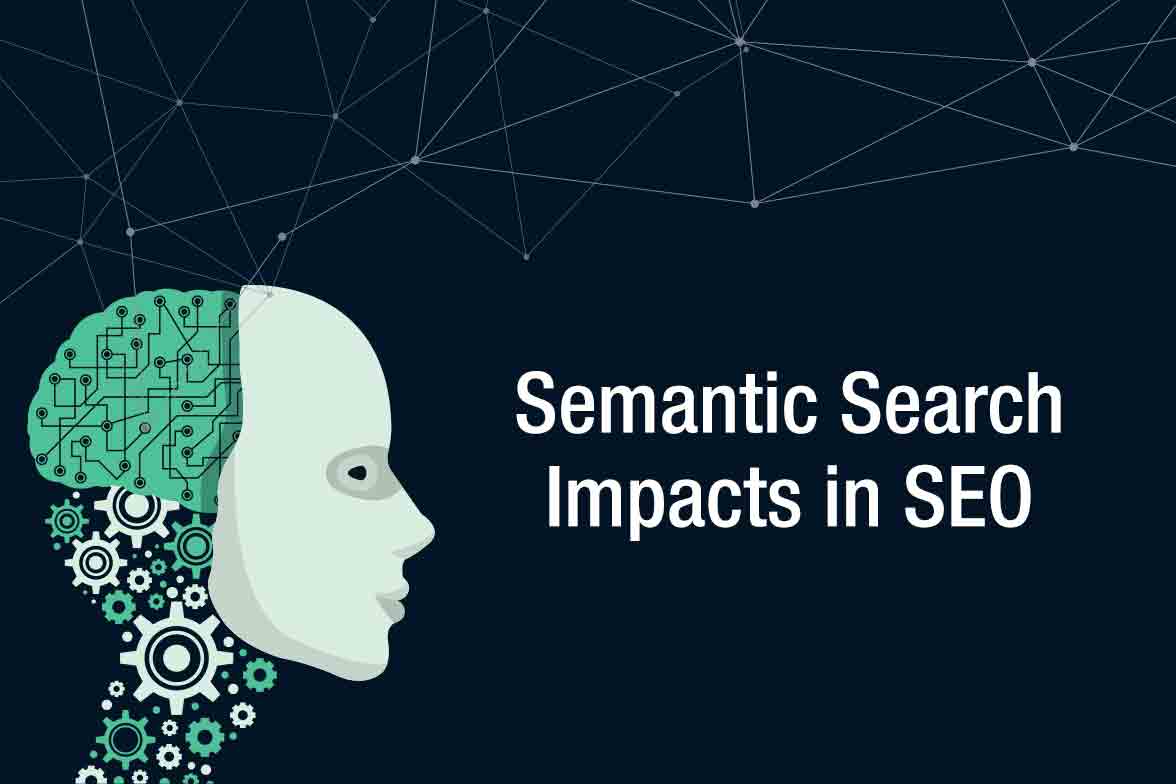
BERT Algorithm and its Implications in SEM or Paid Search
Google’s latest algorithm update, BERT, was released on October 21, 2019. BERT aims to help Google understand natural language or in other words, the user searches much better.
BERT is expected to affect one out of every ten search queries. It is one of the biggest changes since RankBrain and will have its impacts also on organic rankings and featured snippets.
What is BERT and How Does it Work?
BERT is popularly known as Google’s algorithm or framework that aids in understanding the user’s intent, context, and words of a search query, enabling it to produce better search results. It stands for Bidirectional Encoder Representations from Transformers.
BERT was also the open-source research and academic project authored by Jacob Devlin, Ming-Wei Chang, Kenton Lee, Kristina Toutanova, which was published in October 2018. There is a lot of research conducted on BERT by other experts other than Google. But it was Google’s move to open-source BERT, a natural language processing NLP framework, that changed it forever.
What is BERT’s impact on SEO and SEM or Paid Search?
BERT has impacted the natural search and organic search results. In SEM the ad formats, keyword bidding formats, match types, etc, remain the same, but the overall performance is affected by BERT.
With the new algorithm, it is now even more important to implement the very best practices and strategies. If PPC ads can address the user intent, users will find them engaging and through the organic search results.
Earlier Google used to pay attention to certain keywords in the query and ignored other words like the prepositions etc. But they have realized that all the words are needed together to interpret the user intent correctly. Paid searches need to align themselves clearly with user intent or may feel the brunt of BERT’s impact.
Intent-Based PPC Strategy
The realization that user intent is a priority should not end with fine-tuning of the ad content. The intent-based strategy should be included in campaigns, budgets, goals, and metrics at every stage.
While it is very hard to implement this strategy at every stage of the intent stages at the very beginning, it could start with an expansion plan for the future.
Using automation, Dynamic ad solutions, and search query reports are some of the methods to be considered. To understand how Google interprets context, review long-tail, non-product, and non-brand queries, match it with the keywords. Long-tail queries have shown an increase in impressions and clicks.
It would be great to look for newly identified words and make new ad groups that are aligned to the user intent. BERT intends to offer a better context and user experience. Not sure how BERT has impacted your PPC ads? Give us a call and we will help you.
Anuja Benny
Anuja is a skilled content writer with 4 years of experience crafting engaging and impactful content. She has a knack for delivering clear and audience-focused writing through blogs, articles, copies, technical writing, case studies, and so on. With a keen eye for detail, she is dedicated to delivering high-quality content to connect with the right audience.


